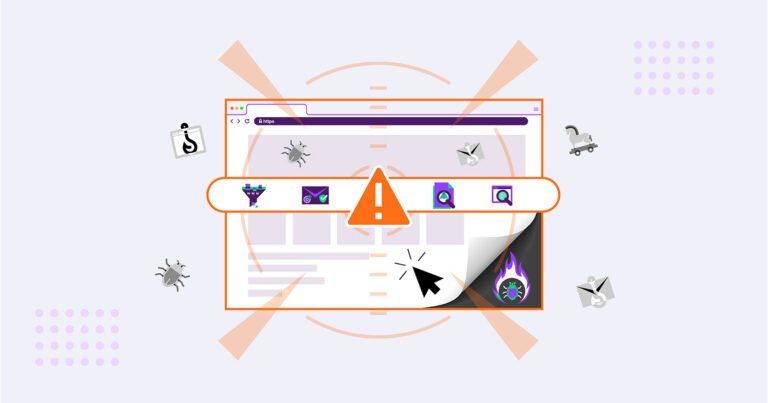
It was a crisp Sunday morning in October, and I was hunched over my laptop, coffee in hand, dissecting the latest NFL odds. The Kansas City Chiefs were slated to face the Denver Broncos, and the opening line pegged the Chiefs as 3-point favorites. But within hours, that line jumped to 4.5 points.
My pulse quickened—was this sharp money at work or just the public piling on? That moment of uncertainty turned into opportunity as I dug into NFL line movement analysis, a skill that’s since shaped how I approach every bet. In this post, I’ll walk you through how to spot these shifts and exploit them to elevate your NFL betting game, blending personal lessons with actionable insights.
What is Line Movement in NFL Betting?
Let’s start with the basics. Line movement is the shift in betting odds or point spreads from the moment a sportsbook releases its “opening line” to the final “closing line” before kickoff. Think of it as a living, breathing reflection of the betting market—odds don’t just sit still; they dance to the tune of money, news, and sentiment.
Why does this matter? Because tracking these changes can reveal where the action is and, sometimes, where the edge lies. Whether you’re a rookie bettor or a seasoned pro, understanding NFL line movement analysis is your ticket to smarter wagers.
Why Do Lines Move?
Lines don’t shift randomly—there’s a method to the madness. Here are the key drivers:
- Public Betting: When casual bettors swarm one side—like the Chiefs in my earlier example—sportsbooks tweak the line to balance their risk. A line might move from -3 to -4.5 to lure bets on the underdog. Check out Action Network for real-time public betting trends.
- Sharp Money: Professional bettors, or “sharps,” drop big bets based on data and analysis. When sportsbooks see this “smart money,” they adjust lines fast. A study from Claremont Colleges highlights how reverse line movements often signal sharp action.
- Injuries: A star player’s status can flip a line overnight. When Josh Allen’s elbow injury buzzed through the rumor mill in 2022, the Bills’ line against the Jets shifted 2 points in hours.
- Weather: Snow in Buffalo or wind in Chicago can tank a game’s total points line. Odds Shark dives deeper into how weather sways odds.
Take the 2023 Bills-Dolphins matchup: the line moved from Bills -2.5 to -4 after Tua Tagovailoa’s injury status went from “probable” to “questionable.” That’s the market reacting in real time.
How to Spot Line Movements
Catching line movements isn’t about gut feelings—it’s about tools and habits. Here’s how to stay ahead:
- Line Tracking Tools: Platforms like BetQL and OddsTrader offer live updates on line shifts and betting percentages. I’ve leaned on these to catch moves like the Packers-Bears line jumping from -3 to -4.5 in 2024.
- Compare Sportsbooks: Lines vary slightly across books. Scanning SportsLine versus Bet365 can reveal discrepancies worth exploiting.
- Set Alerts: Apps like The Action Network let you ping your phone when a line moves. It’s a game-changer for busy Sundays.
Last season, I spotted a gem using BetQL: the Packers opened at -3 against the Bears, but sharp money pushed it to -4.5. I jumped in early and cashed out when Green Bay covered.
Exploiting Line Movements for Better Bets
Spotting the shift is half the battle—knowing what to do with it is where the money’s made. Here’s how to turn NFL line movement analysis into profit:
- Bet Early or Late: If you predict a line will tighten (say, from -3 to -2.5), lock it in early. If you think it’ll widen due to public hype, wait it out. UnderdogChance breaks this timing strategy down brilliantly.
- Chase Sharp Money: Reverse line movement—when the line moves against public betting—often screams sharp action. If 70% of bets are on Team A, but the line drops from -4 to -3, pros might be on Team B. Bleacher Nation explains this phenomenon well.
- Find Value: Overreactions create openings. If a line balloons from -3 to -6 due to public love for a hot team, the underdog at +6 might be gold.
Ever heard of “middling”? It’s a slick move: bet Team A at -3 early, then if the line hits -7, take Team B at +7. If Team A wins by 4-6, you cash both tickets. I pulled this off in a 2023 Ravens-Steelers game and walked away grinning.
Quick Example Table: Middling Opportunity
| Bet Placed | Line | Outcome |
|---|---|---|
| Early: Team A | -3 | Win if A wins by 4-6 |
| Late: Team B | +7 | Win if B loses by less than 7 |
| Result | Profit if margin lands 4-6 |
Risks and Challenges
Line movement isn’t a crystal ball—it’s a tool with pitfalls:
- False Signals: A shift might reflect sportsbook trickery, not insight. MyTopSportsbooks warns that books sometimes move lines to bait bettors.
- Timing Traps: Bet too early, and a better line slips away; wait too long, and it’s gone. I learned this the hard way when a 2024 playoff line moved against me after I hesitated.
- Overreliance: Lines don’t tell the whole story. Ignoring stats or matchups can burn you. Case in point: I once chased a line move on the Cowboys, only to watch them flop against a scrappy 49ers squad.
Balance is key—use line movement as one piece of your betting puzzle.
Conclusion
Mastering NFL line movement analysis is like decoding a secret language of the betting world. It’s not about predicting every outcome—it’s about spotting patterns, seizing opportunities, and stacking the odds in your favor. From my coffee-fueled mornings tracking Chiefs lines to middling Ravens-Steelers, these lessons have sharpened my bets and padded my wallet. Pair this with solid research, and you’ve got a recipe for success. Next time you’re sizing up an NFL game, peek at the line movement—it might just whisper the winning play.
Have a line movement win (or epic miss) to share? Drop it in the comments—I’d love to hear your story! Hungry for more? Explore our NFL betting tips for a deeper dive.



